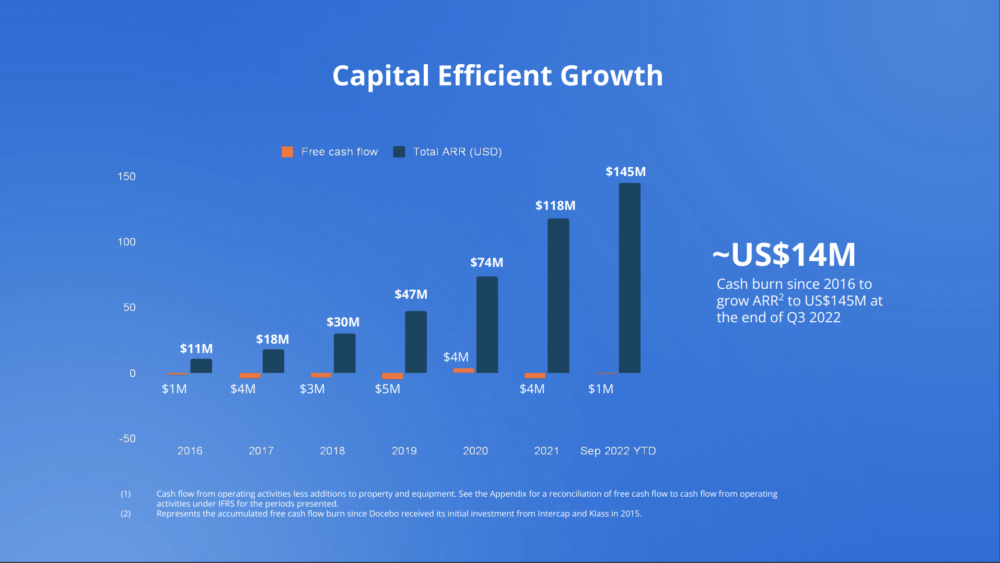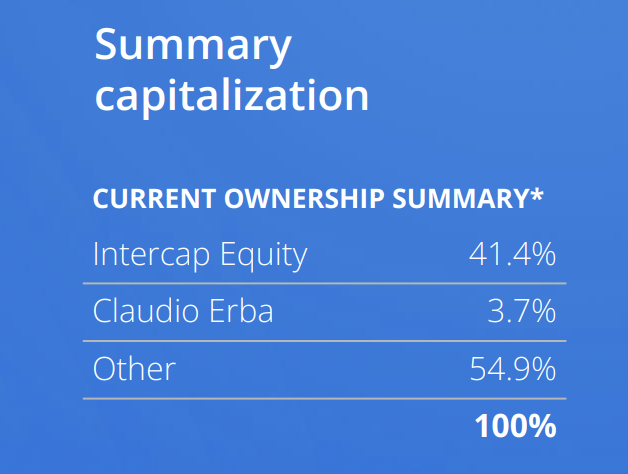
So there’s a quiet SaaS success story you probably don’t know much about, but can learn a lot from.
It’s Docebo. It’s a leader in a pretty crowded space (Learning Management Systems) with dozens of top vendors. And yet …
It’s worth $1.1 Billion today, doing $145,000,000 in ARR. It’s growing 40%+ on a constant currency basis. It’s cash-flow positive, and … it only burned $14,000,000 to get there.
That’s right. It burned just $14m to get to $145m in ARR and a $1.1 Billion Market Cap.
And while it’s stock price is down from its 2021 peaks, it’s still up 2x since its 2020 IPO. Profitable and capital-efficient is back in fashion:
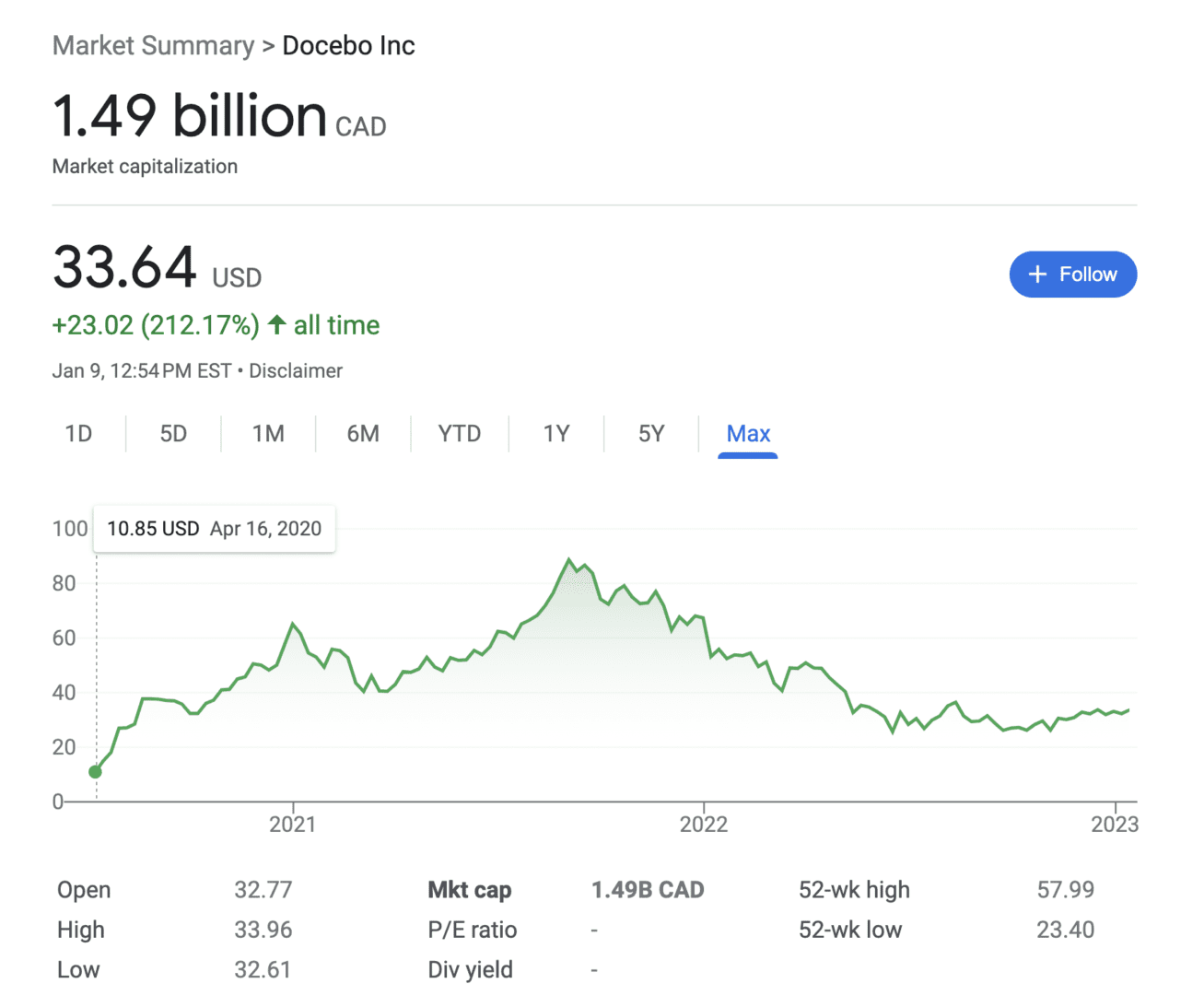
(Still, I’d argue it should be worth much more with these metrics, especially given that it has $212m in cash on its balance sheet).
5 Interesting Learnings:
#1. 3,245 Customers, Up 23% — While ARR is up 40%. A good example of how driving deal sizes up (see the next point) and strong NRR lets you drive NRR up well about new logo growth.
#2. $44,000 ACV, up from $39,000 a year ago — and up from $16k 5 years ago. Docebo’s pricing is on the “corporate” side of LMS. It doesn’t compete at the bottom of the market, and targets top logos with a reasonably priced product. But importantly, it’s raised its ACV 4x since 2016. Without that, the company would likely be a fraction of its current ARR.
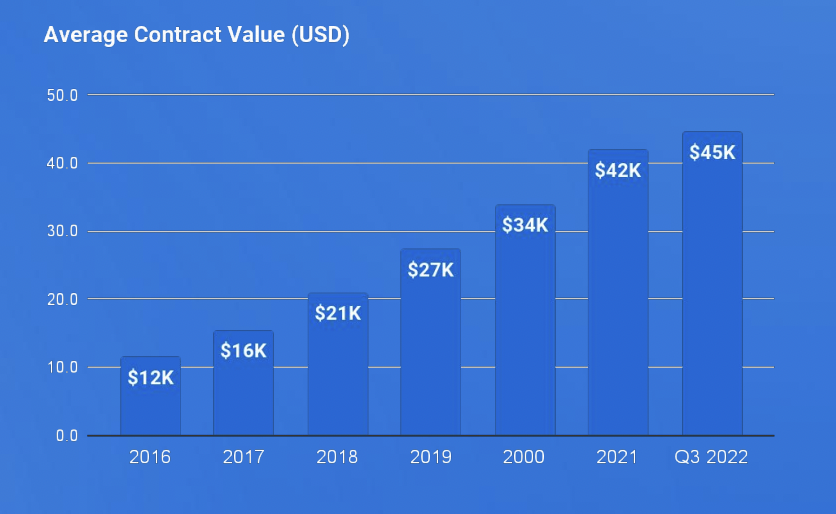
#3. 7% of Revenue from Professional Services — down from 12% in 2018. Docebo doesn’t do proserv for all customers, but it also doesn’t shy away from it for larger customers. Many do need help scaling up their learning systems. Just under 7% of their revenues come from services.
#4. Incredibly capital efficient growth — Docebo got to $144m+ ARR burning just $14m. Wow. Wow. The company was bootstrapped its first 7 years or so, and then mainly sold secondary shares.
#5. 113% NRR. Not enterprise-high NRR, but about what I’d expect from their ACV and category.
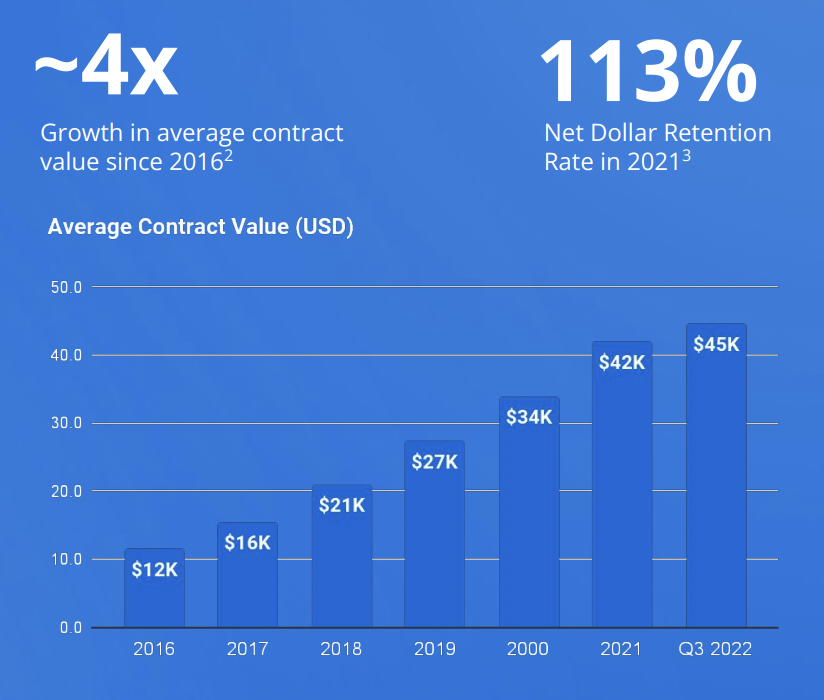
And a few other interesting learnings:
#6. Founder Has Been CEO since founding in 2005, ownership down to 3.7%. The founders sold many of their shares 7+ years in to private equity, so this isn’t all “dilution” per se, but still a learning.
#7. 80% of customers sign multi-year contracts. Always good to learn how others do this. The LMS category is a large time investment, so it makes sense to try to get customers to do longer deals.
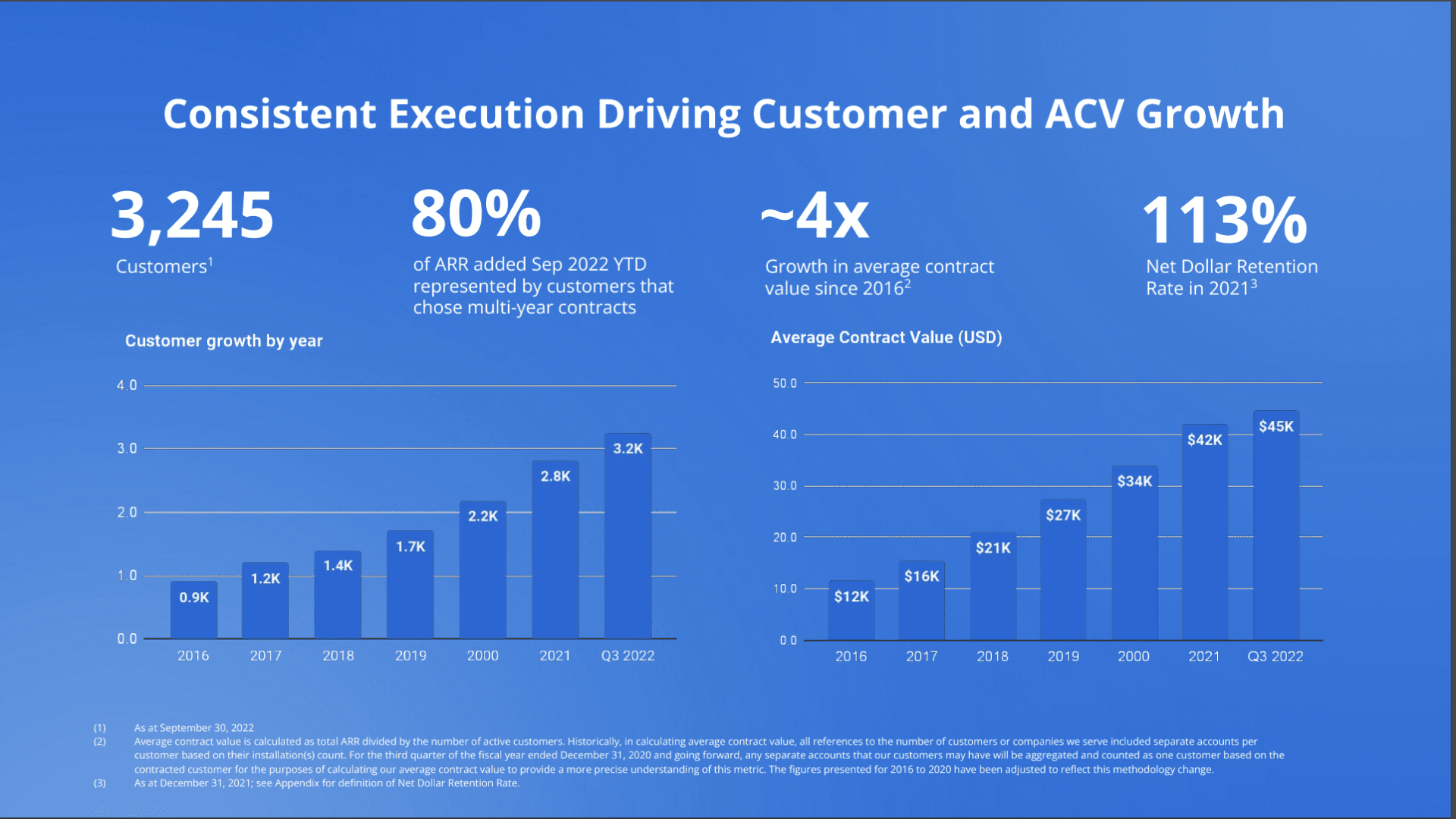
#8. No Year of 100% Growth After $10m ARR. Just Quiet Compounding. Docebo took 17 years to get to $140m+ ARR, so that’s a while. But still, it’s path after $10m ARR is a reminder that very solid growth (60%+ each year) can still get you to an IPO. You don’t have to grow 100% any years after $10m ARR necessarily to still build a true unicorn.
Can you get to $145,000,000 in ARR, IPO, and be worth $1.1 Billion with a sales-driven motion …
And still just burn $14m getting there?
Yes, you can
Example: quiet SaaS learning software Docebo: pic.twitter.com/jtGwErBPu6
— Jason ✨Be Kind✨ Lemkin (@jasonlk) January 11, 2023
Docebo — a quiet success story of going long in a crowded category. 15 years to IPO, and carefully and steadily going upmarket. And of doing it in a very capital-efficient way. The way more of us may be doing these days.
And a few others in this series:
- 5 Interesting Learnings from Okta at $2 Billion in ARR
- 5 Interesting Learnings from Adobe at $18 Billion in ARR
- 5 Interesting Learnings from Monday.com at $550 Million in ARR



